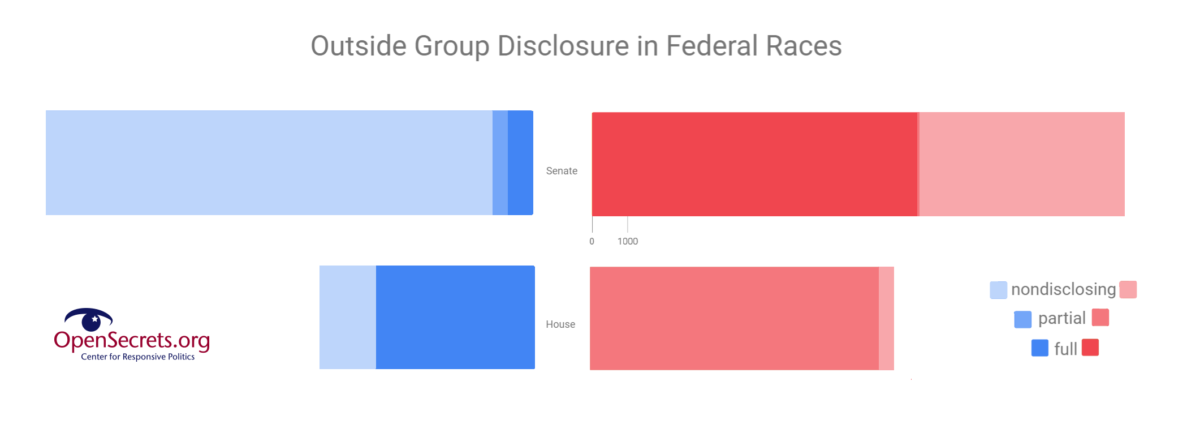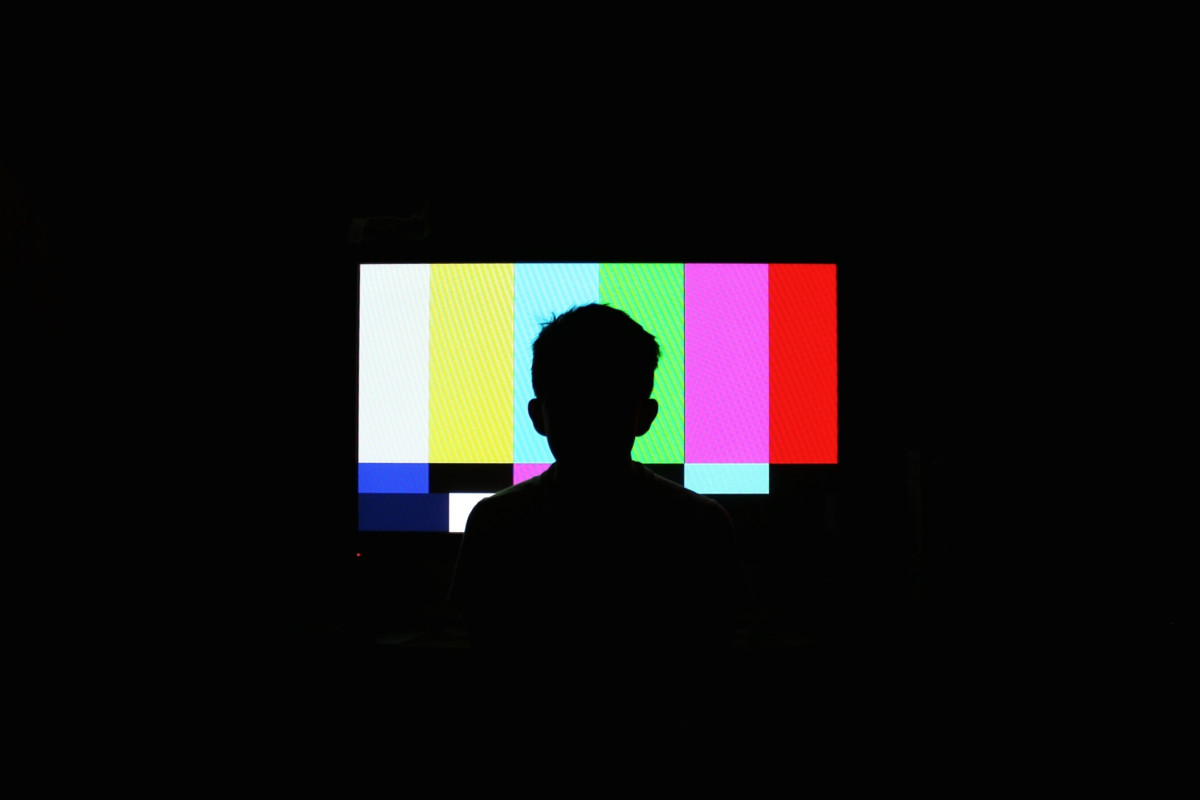Over 2.2 million spots have aired in congressional and gubernatorial races, totaling nearly $1 billion at this point in the 2018 election cycle — a 70 percent increase from the same period in 2014 midterm elections, according to a new report by the Wesleyan Media Project in partnership with the Center for Responsive Politics.
For outside groups, the jump was even more precipitous with congressional and gubernatorial TV ad airings up 85 percent from the comparable period in the 2014 midterm cycle.
Outside groups are airing a larger volume of ads in federal races for US House and US Senate races this cycle compared to the same dates in 2014 and the portion of advertising made up by outside groups has also grown.
Democrats dominate spending in House races while Republicans are winning the money race in the Senate and gubernatorial elections.
Florida’s Senate race — which has been the most expensive election this year and is projected to potentially become one of the most expensive Senate campaigns in US history — has seen the most ads of any Senate race during the two weeks following Labor Day. Republicans continue to outspend Democrats with more than twice the number of ads aired in support of Governor Rick Scott than incumbent Democrat Bill Nelson (D-Fl).
In all but one of the other top 10 Senate races, Democrats held an ad advantage measured through advertising volume with Texas as the sole outlier.
The data in the report generally supports the conventional wisdom that the most competitive races have seen the most ad spending by outside groups, with outside groups accounting for one out of every five ads in the most competitive Senate races. Outside group sponsored advertising makes up more than half of the ads in Missouri and West Virginia, while more than one in every three ads in Indiana, Arizona, Nevada, and North Dakota have been paid for by outside groups.
On the House side, thirteen races have seen at least 2,000 ad airings in the last two weeks alone. Of those thirteen races, nine have featured significant outside group spending. The race for Colorado’s 6th District has seen nearly 64 percent of the ads from outside groups.
As with the Senate, Democrats vying for House seats have aired more ads than Republican candidates — dominating ad spending by Republican candidates in 21 of the top 25 races analyzed in the report.
The most active outside spending group in the last two weeks has been Majority Forward — a non-disclosing 501(c)(4) nonprofit required to keep politicking to less than half its activities and is linked to Democratic leadership in the Senate — which has run more than 13,410 spots in six Senate races at an estimated cost of more than $3 million in the last two weeks alone.
Other “dark money” groups among top advertising spenders in the last two weeks include One Nation, Americans for Prosperity, and an affiliate of the Republican Governors Association called State Solutions.

Almost all of the spending by outside groups backing Democrats in Senate races since Labor Day has come from “dark money” sources like Majority Forward, with groups that do not disclose their donors accounting for 92 percent of spending backing Democrats running for Senate seats.
In contrast, around three-quarters of ads backing Democrats in House races have come from disclosing groups.
Advertising supporting Republican candidates in Senate races has stemmed primarily from disclosing groups like the Senate Leadership Fund while almost half of all spending backing Republican in House races has come from one group, Congressional Leadership Fund (CLF). As a super PAC, CLF is required to disclose donors but has received substantial funding from “dark money” sources. This has included millions in contributions from American Action Network, a politically active 501(c)(4) nonprofit focused on center-right policies that share an executive director with the CLF and doesn’t have to disclose its donors.
Of the nearly 280,000 US House or Senate TV ads that have aired since Labor Day, around half — 48 percent — were from groups that do not disclose their donors.
That may soon change after a recent lawsuit that created a path for stronger disclosure requirements that apply to “dark money” groups. New requirements could require all “dark money” groups that spend at least $250 in independent expenditures to report every donor who gave at least $200 in the past year as well as those who give with the reported purpose of financing independent expenditures general, but the full impact is yet to be seen.
Our most important fundraising appeal of the year
December is the most critical time of year for Truthout, because our nonprofit news is funded almost entirely by individual donations from readers like you. So before you navigate away, we ask that you take just a second to support Truthout with a tax-deductible donation.
This year is a little different. We are up against a far-reaching, wide-scale attack on press freedom coming from the Trump administration. 2025 was a year of frightening censorship, news industry corporate consolidation, and worsening financial conditions for progressive nonprofits across the board.
We can only resist Trump’s agenda by cultivating a strong base of support. The right-wing mediasphere is funded comfortably by billionaire owners and venture capitalist philanthropists. At Truthout, we have you.
We’ve set an ambitious target for our year-end campaign — a goal of $250,000 to keep up our fight against authoritarianism in 2026. Please take a meaningful action in this fight: make a one-time or monthly donation to Truthout before December 31. If you have the means, please dig deep.
